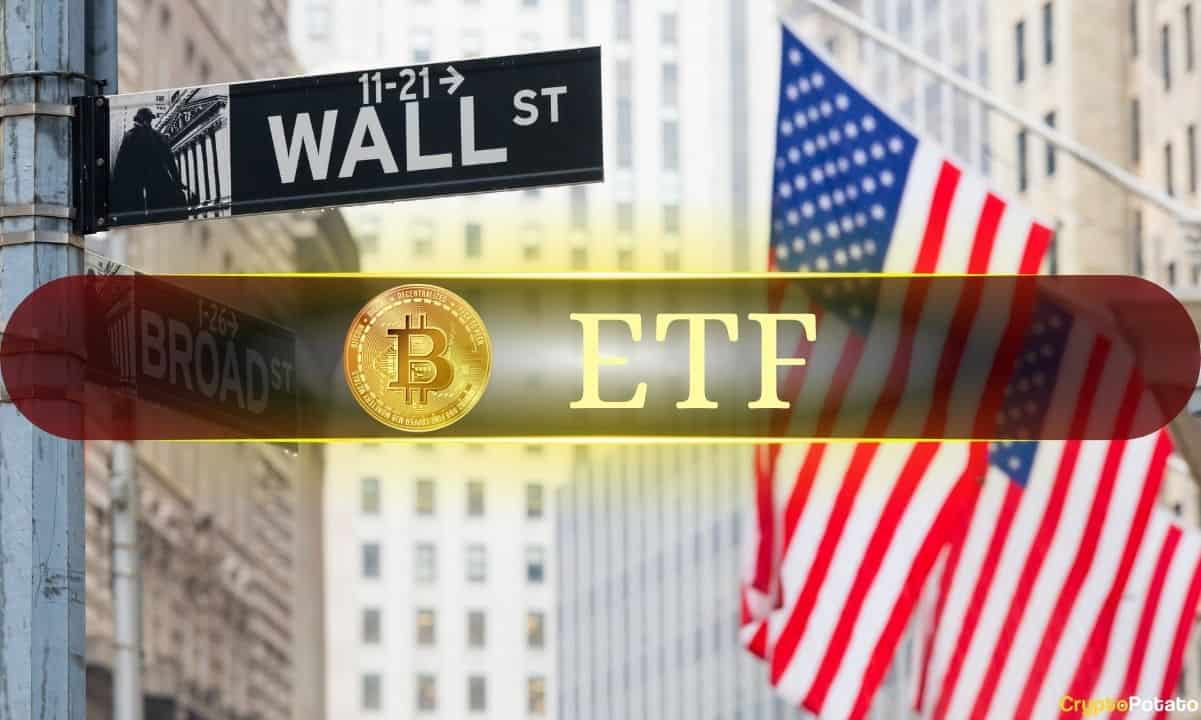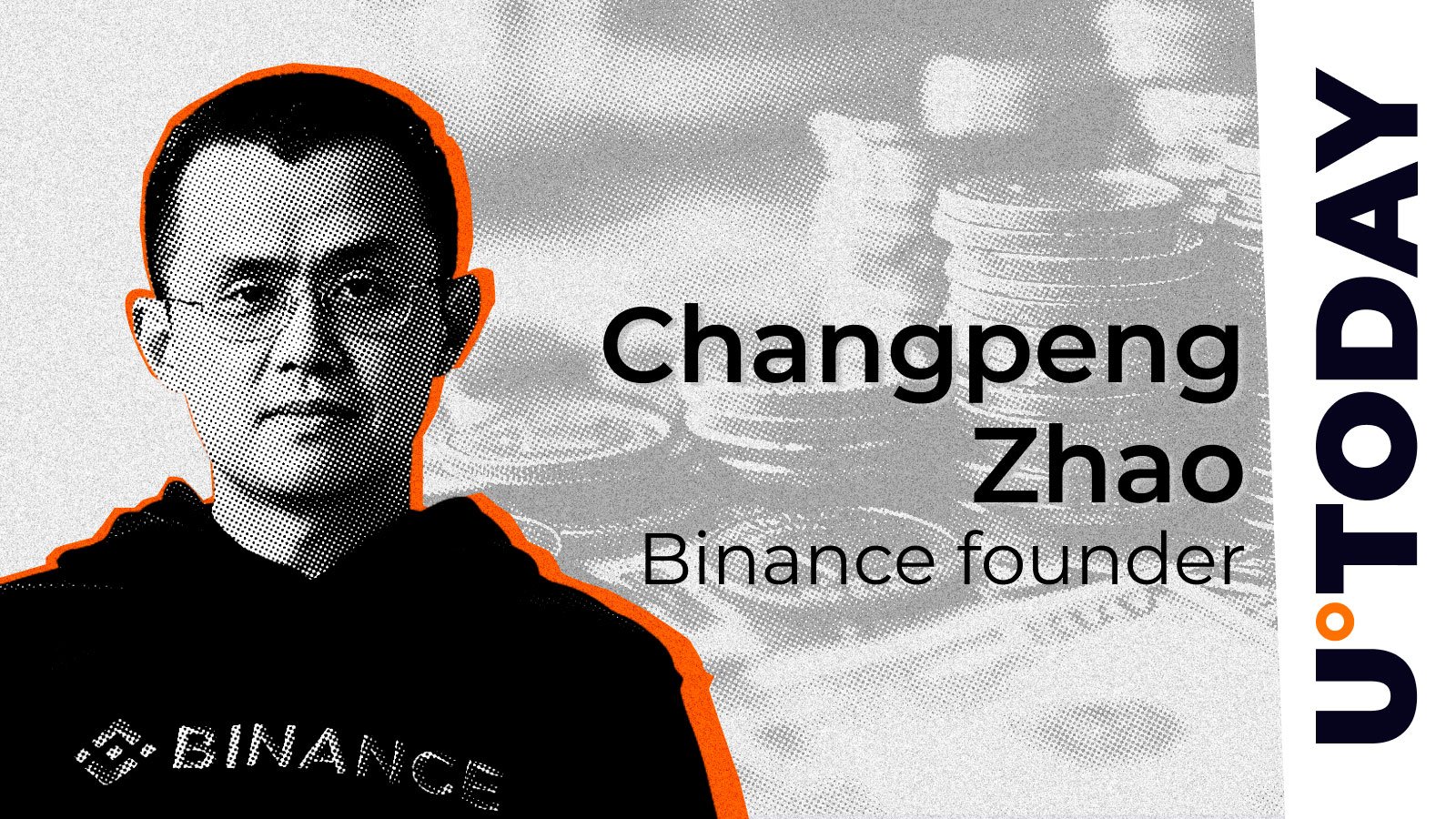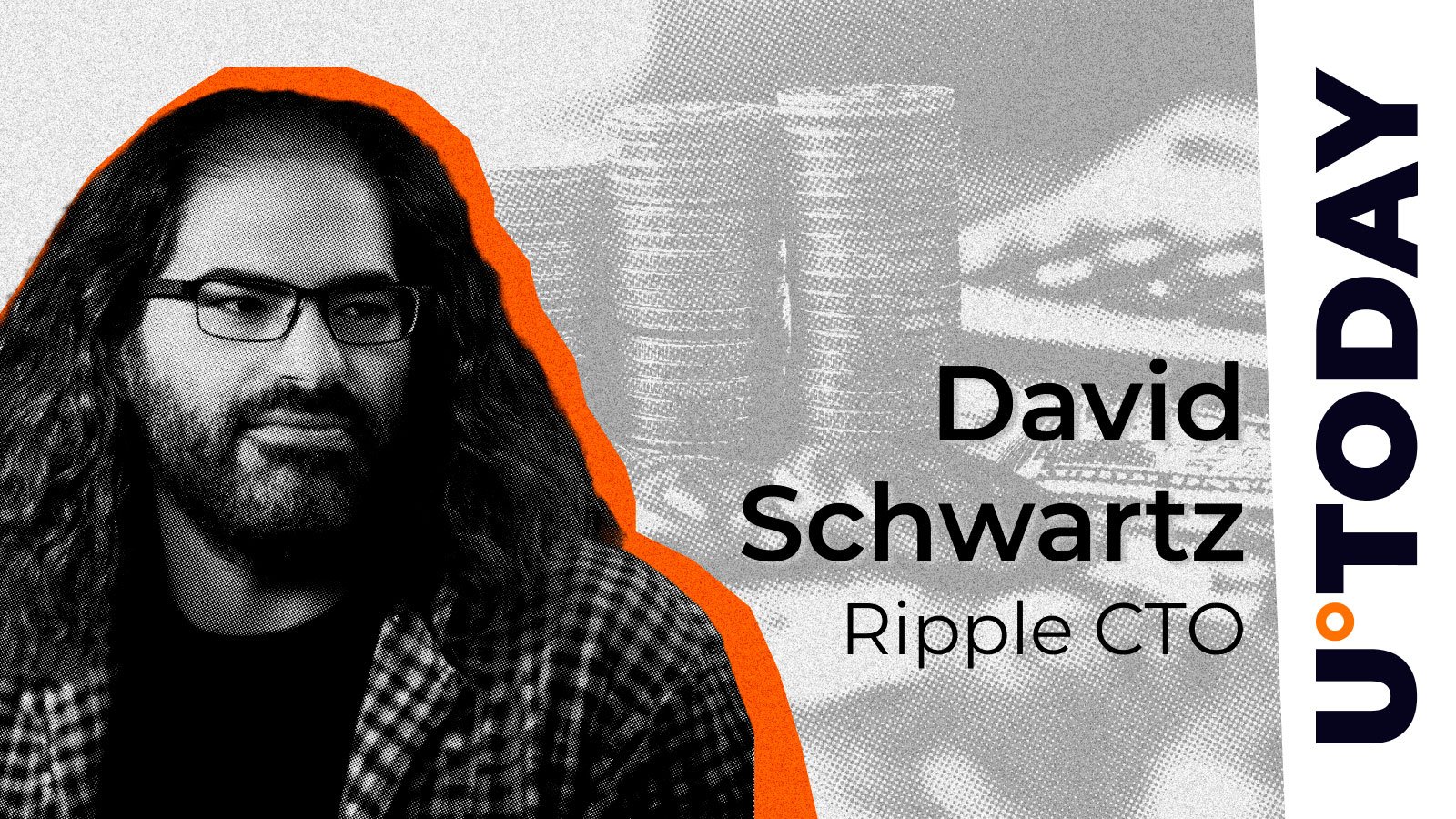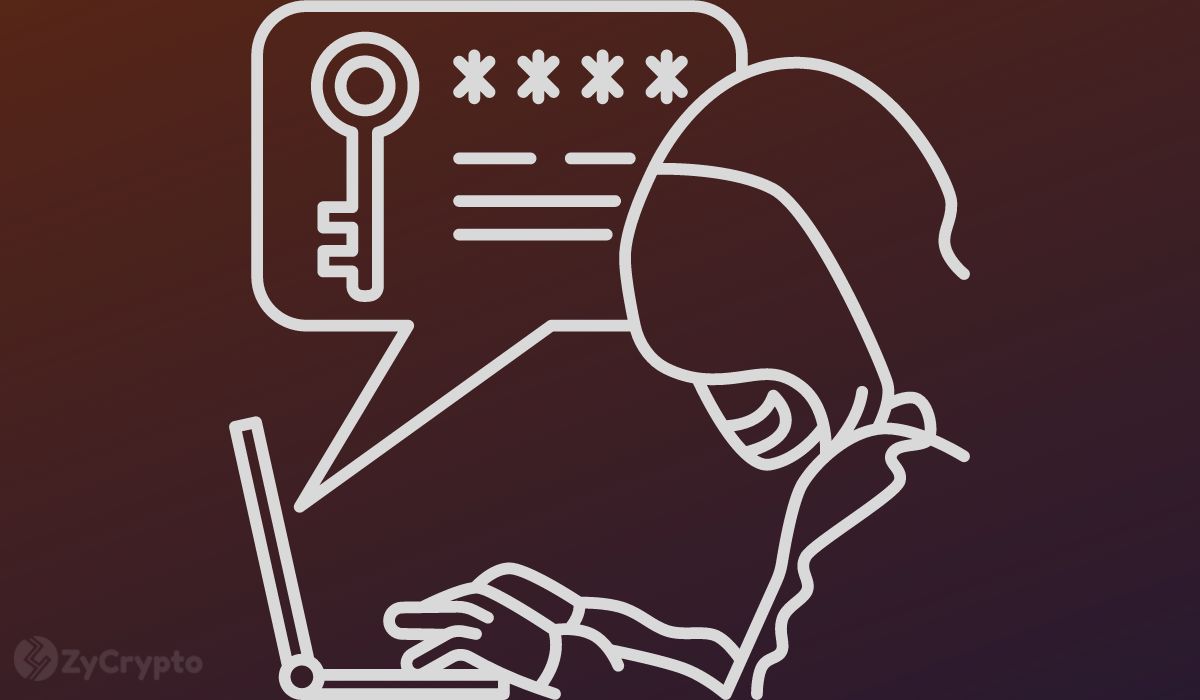
With not all information public, Arkham Intelligence, a blockchain analysis firm, has concluded that North Korea’s Lazarus group was responsible for the $1.46 billion hack on the Bybit exchange. On platform X, Arkham offered a bounty of 50,000 ARKM tokens, worth around $30,000, for anyone who could identify the attackers responsible for Friday’s hack. Not long after, Arkham announced that freelancer ZachXBT had provided “definite proof” that the North Korean hacking group was behind the hack. According to current information, Lazarus, North Korea’s elite state-sponsored hacking group, pulled off the largest hack in history on a centralized crypto exchange. The hack resulted in the withdrawal of Ethereum tokens amounting to around $1.5 billion. Ethereum security researchers are scrambling to investigate the incident to understand how the attack happened and whether the hack may spread to other exchanges. Within days, crypto enthusiast ZachXBT identified the Lazarus group as the likely culprit. Lazarus has been responsible for many of the top attacks on digital assets. Blockchain firm Nansen revealed that the attackers first withdrew the funds into a single wallet and then distributed them to multiple wallets. “Initially, the stolen funds were transferred to a primary wallet, which then distributed them across more than 40 wallets”, Nansen said. “The attackers converted all stETH, cmETH, and mETH to ETH before systematically transferring ETH in $27 million increments to over 10 additional wallets”. Ben Zhou, Bybit CEO, urged customers to remain calm and assured them that 80% of funds were recovered by using bridge loans to replace the stolen money. Despite the current bank run on Bybit, Zhou assured users that withdrawals would not be blocked and that customers would have access to their funds. Leveraging bridge loans allows Zhou to honour withdrawal requests. At this stage, the return of stolen tokens is highly unlikely. ZachXBT has yet to release all data pointing to the Lazarus group. He says his analysis involved tracking online connections between wallet addresses until, with the assistance of a colleague, he was able to narrow down the suspects to the North Korean hacking group. ZachXBT found a connection between the wallets used in the Bybit hack and the wallets used in the $85 million hack of Singapore-based exchange Phemex. At this stage, at least, the attack appears to be caused by Blind Signing, in which the smart contact is approved without complete knowledge of its contents. “This attack vector is quickly becoming the favorite form of cyber attack used by advanced threat actors, including North Korea”, said Blockaid’s CEO Ido Ben Natan. “It’s the same type of attack that was used in the Radiant Capital breach and the WazirX incident.” “The problem is that even with the best key management solutions, today most of the signing process is delegated to software interfaces that interact with dApps.” “This creates a critical vulnerability- it opens the door for malicious manipulation of the signing process, which is exactly what happened in this attack,” he said. The stolen funds are unlikely to be returned because North Korea does not have an extradition agreement with the United States. The North Korean hacking group was able to attain more money in this single hack than in all of its hacks last year. This hack contrasts with other previous large-scale attacks, such as the 2016 Bitfinex hack, in that the people behind this attack will likely get away with it and will most likely keep the stolen money. This shows that the American justice system is limited to countries with extradition agreements. Although America focuses on retrieving lost funds through tax, there’s not much they can do about large-scale hacks. Tom Robinson, Elliptic’s chief scientist, described the attack as the “largest crypto theft of all time.” “The next largest crypto theft would be the $611 million stolen from Poly Network in 2021. In fact it may even be the largest single theft of all time”. Bybit appears to be processing withdrawals just fine after their hack,” wrote Coinbase executive Conor Grogan. They have $20B+ in assets on the platform, and their cold wallets are untouched. “Given the isolated nature of the signing hack and how well capitalized Bybit is, I don’t expect there to be contagion.” “A minute into the FTX bankrun it was clear they had no funds to withdraw. I know everyone has PTSD but Bybit is not an FTX situation, if it was I would be screaming it out. They will be fine”. The Lazarus group’s history can be traced back to 2017 when they hacked South Korean exchanges and stole over $200 million in Bitcoin. Crypto bank robberies seem to be here to stay and will need to be a major focus within the crypto industry.
ZyCrypto
You can visit the page to read the article.
Source: ZyCrypto
Disclaimer: The opinion expressed here is not investment advice – it is provided for informational purposes only. It does not necessarily reflect the opinion of BitMaden. Every investment and all trading involves risk, so you should always perform your own research prior to making decisions. We do not recommend investing money you cannot afford to lose.
HTX Global Advisor Justin Sun Advocates Crypto Security Collaboration
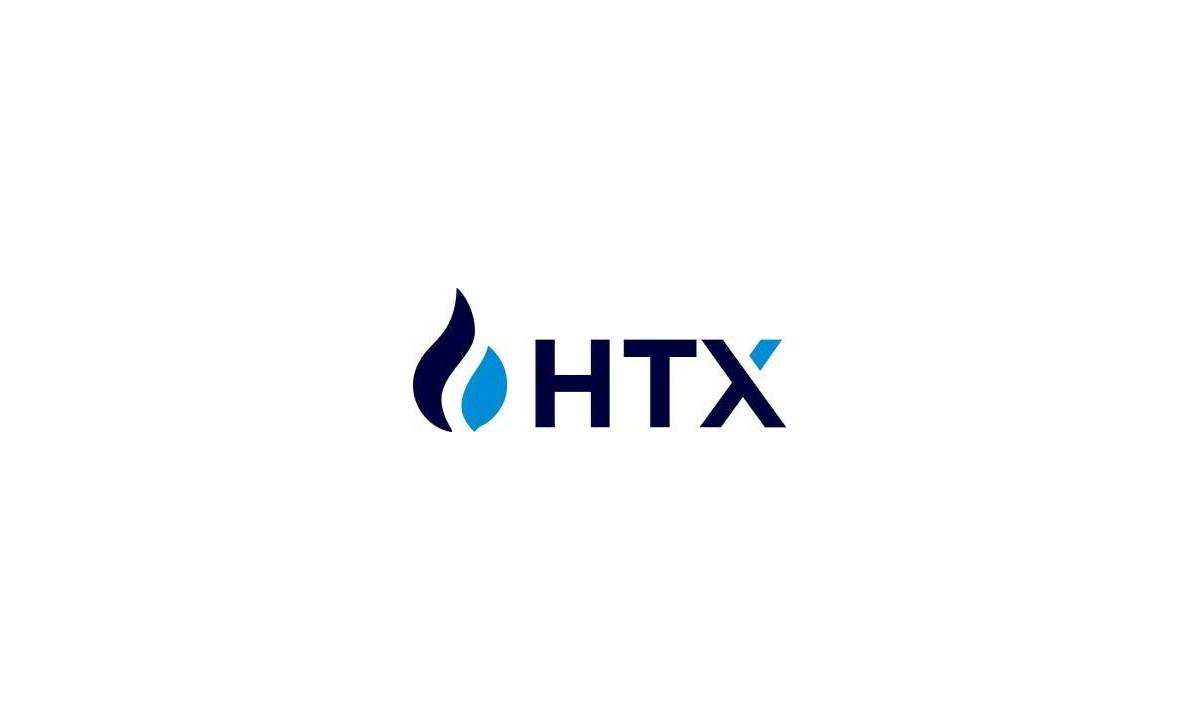
SINGAPORE, Feb. 23, 2025 /PRNewswire/ – In the wake of the recent $1.5 billion hack affecting a major cryptocurrency exchange, HTX hosted a live discussion on X and its Global Advisor Justin Sun addressed the growing security concerns in the cryptocurrency industry. The discussion, titled “Together Against Industry Crisis, Is There a Best Solution for the Security of the Crypto Industry?” featured insights from leading security firms SlowMist and GoPlus Security, as well as prominent KOLs. Security: A Top Priority for HTX Sun stressed that security is a “top priority”, demanding constant vigilance and learning. He illustrated how hacker tactics have evolved, from early hot wallet attacks to more sophisticated multi-signature wallet breaches, and declared that exchanges must continuously enhance their security protocol. Sun emphasized that security is like personal health management, requiring internal efforts and a proactive approach. HTX has implemented multi-device login, remote login alerts, abnormal transfer alerts, and other security features, and has publicly disclosed Merkle Tree Proof of Reserve (PoR) for 28 consecutive months, maintaining reserve ratios exceeding 100%. Sun’s Influence on Security Practices Across the Crypto Landscape Sun’s commitment to security extends to his vision for HTX and his influential role in shaping security practices across the broader crypto landscape. He believes that the principle of security is considered fundamental to every business and product. He cited the early implementation of native multi-signature functionality in TRON as a successful example of proactive security design, demonstrating his commitment to building security into the foundation of his projects. He also highlighted the recent launch of USDD 2.0, emphasizing the deep understanding of stablecoin security risks that informed its development. “Just as exchanges should strengthen security mechanisms from the source in system design and operation, to maximize the prevention of security incidents,” Sun stated. Sun also revealed that HTX collaborates with numerous white hat teams to conduct continuous penetration testing, security drills, and vulnerability mining. The platform actively monitors global cryptocurrency security incidents and studies hacker attack principles and methods for effective prevention. Addressing the Situation and Industry Cooperation Regarding the controversy surrounding CZ’s suggestion for the affected exchange to suspend withdrawals, Sun acknowledged the validity of the advice from an exchange perspective. He explained that the initial hours after a security breach are crucial for investigating the issue and ensuring safety. While suspending withdrawals is necessary to eliminate risks, the suspension period should be minimized to reduce user impact. Sun called for closer cooperation between exchanges, security agencies, and the community to jointly address hacker threats, promote technological sharing, security innovation, and information exchange, and promote the healthy and sustainable development of the industry. HTX’s Commitment to User Safety HTX demonstrates its commitment to security through a proactive and continuously improving approach. The platform’s multi-faceted security strategy encompasses collaboration with leading security experts, rigorous ongoing monitoring, robust internal protocols, and a focus on enhancing multi-signature support, security alerts, and mitigating emerging threats such as hashtag scams. This comprehensive strategy reflects HTX’s dedication to safeguarding user assets and fostering a secure and reliable trading environment. This commitment was further emphasized by the specific security protocol requirements shared by Justin Sun at the February 21st Meetup in Hong Kong. About HTX Founded in 2013, HTX has evolved from a virtual asset exchange into a comprehensive ecosystem of blockchain businesses that span digital asset trading, financial derivatives, research, investments, incubation, and other businesses. As a world-leading gateway to Web3, we harbor global capabilities that enable us to provide users with safe and reliable services. Our growth strategy – “Global Expansion, Thriving Ecosystem, Wealth Effect, Security & Compliance”, underpins our commitment to providing quality services and values to virtual asset enthusiasts worldwide. For more information on HTX, users can visit the HTX Square , or https://www.htx.com/ , and follow X , Telegram , Discord . For further press enquiries, please contact glo-media@htx-inc.com . Contact Details Ruder Finn Asia htx@ruderfinn.com ZyCrypto
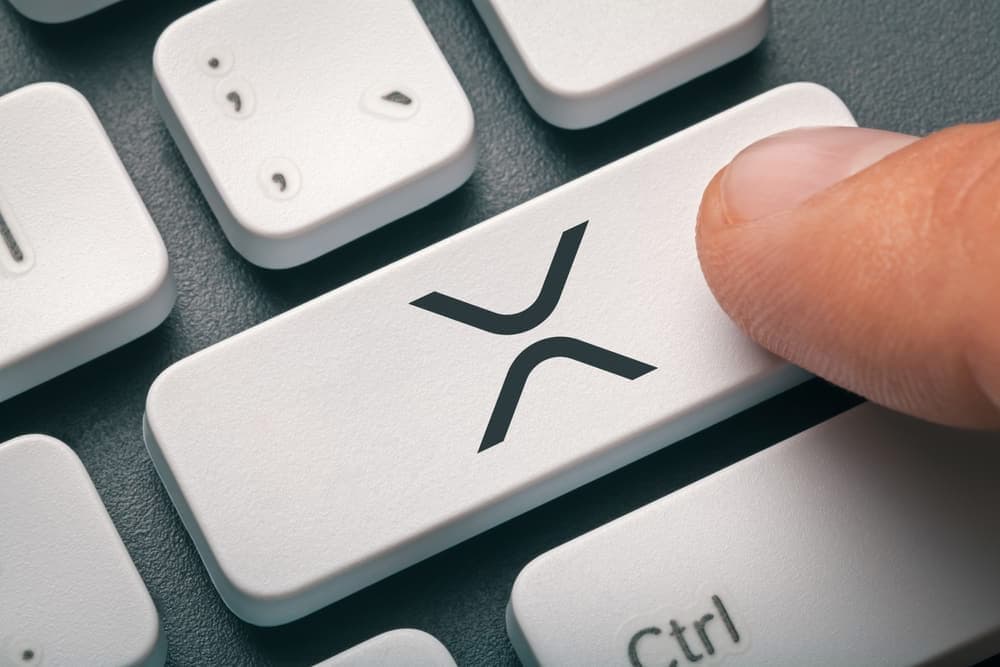
Buy alert: XRP set for a major price move
After days of trading sideways, technical indicators suggest XRP might be gearing up for a decisive price move, even as the general cryptocurrency market trends downward. On the weekly chart, XRP has oscillated between $2.40 and $2.90, forming a symmetrical triangle pattern , a setup that often precedes a notable breakout, according to prominent cryptocurrency analyst Ali Martinez in an X post on February 23. XRP price analysis chart. Source: TradingView/Ali_charts As per Martinez’s analysis, this formation indicates that XRP has the potential to rally by 14%. However, it is worth noting that symmetrical triangles suggest a breakout could go either way, meaning XRP can surge higher or face a temporary dip before finding support . In this context, the Ripple native token faces key resistance around $2.90, which could spark a bullish run. Support at $2.50 may provide a cushion for further consolidation. XRP hits the exhaustion zone Similarly, uncertainty regarding XRP’s next move was shared by cryptocurrency trading expert Michaël Poppe. In an X post on February 22, Poppe acknowledged that after XRP skyrocketed 500% in just four weeks, reaching $3.30, the digital currency might be showing signs of exhaustion and a possible cooldown. XRP price analysis chart. Source: TradingView Based on recent price movement and technical setup, Poppe suggested $1.50 to $2.25 as the next key accumulation zone, where long-term investors may find the best opportunities to buy the dip. After three years of low volatility, XRP’s breakout was fueled by a surge in trading volume. Poppe believes most of the upside has already been captured, and consolidation is likely before another leg up. “My best guess is that most of the upside is captured already and only the laggards are buying in at these levels. My second best guess is that we’ll consolidate before we continue to go up, which probably takes time. In that sense, you still want to be buying the dip if you’re interested in this one,” Poppe said. To recap, XRP experienced massive price growth following Donald Trump’s election, as optimism grew regarding a potentially favorable regulatory environment. Indeed, the extended consolidation of XRP below $1 was partly due to the ongoing legal case between Ripple and the Securities and Exchange Commission ( SEC ). Now, with a new administration in place, there is speculation that the SEC might dismiss the case or push for a favorable settlement. Despite the suppressed price movement, whale investors have shown confidence in XRP through continued accumulation. On-chain data from cryptocurrency analysis platform Santiment highlighted this trend. According to data from the entity shared by Martinez on February 19, large investors accumulated 150 million XRP in 48 hours. Notably, such moves have historically been followed by price breakouts. XRP whale transaction chart. Source: Santiment/Ali_charts In this context, Finbold’s artificial intelligence (AI) tool projects that XRP will likely see some upside in the short term. According to the tool, which leverages several AI models, XRP will likely gain about 7%, trading at an average price of $2.76 on March 1. Among the models, Claude 3 Opus has the highest forecast at $2.79, while ChatGPT-4o , ChatGPT-4o Mini, and DeepSeek Chat have set a target of $2.75. The generally bullish outlook is based on the asset’s technical indicators and positive momentum signals. Finbold AI XRP price prediction. Source: Finbold XRP price analysis As of press time, XRP was trading at $2.57, down about 0.7% in the last 24 hours. On the weekly chart, XRP had plunged over 7%. XRP seven-day price chart. Source: Finbold XRP remains in a consolidation phase at the current price as it hovers below the 50-day simple moving average ( SMA ) of $2.68. This suggests the asset is neither strongly bullish nor bearish. The 14-day relative strength index ( RSI ) is 50.87, indicating a neutral market stance with no immediate signs of overbought or oversold conditions. For XRP to regain bullish momentum, it needs to reclaim $2.68, which could pave the way for further upside. The 200-day SMA at $1.43 presents a key long-term support level. If the price moves lower, the $1.50 and $2.25 range could be an ideal accumulation zone for investors anticipating another rally. Featured image via Shutterstock The post Buy alert: XRP set for a major price move appeared first on Finbold . ZyCrypto


